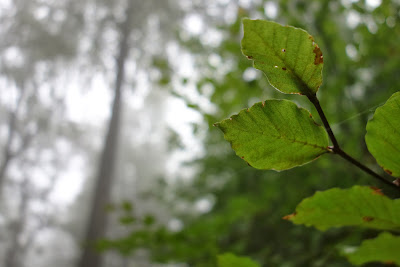 |
| Shoes in central Ghent... |
Ok, so it goes without saying that the Goats were amazing. They're my favourite band after all, and the chance to them on a tour where they were playing basically anything from their back catalog they felt like was really special, and made the value of seeing multiple gigs so much higher. I could go on a long time about both, suffice to say they were both totally different in venue and atmosphere, and that at the first I got to hear this song played live on piano, yay!:
So, Belgium. I really liked it! We spent only a few hours in Brussels, enough to see the main square, eat chips (V important in belgium) and find the first of many beer locations. What a joy to be in a place that not only has a beer culture, but also a beer VARIETY culture!
Most of my time was spent in Ghent, which was a lovely place. A stunning centre of the town with medieval and 20th century faux medieval buildings, a massive church and cathedral next to each other, a castle, and several picturesque squares and canals. Much more importantly than any of this stuff though was the feeling that Ghent had a real cafe and bar culture. I know I shouldn't judge other places by whether they have the stuff Vienna has, but it was easy to feel at home in Ghent as one could sense that you could lead a similar cafe and restaurant based life there as I lead here in Wien. The cafes aren't just for great beer either, on Saturday night we experienced a great live jazz/swing/rock'n'roll quartet in a packed bar. Another cool thing was the whitewahsed graffiti gallery situated in an old barge, of which there are many pictures in this post's accompanying gallery.
We also tried to spend the day in Bruges, but the weather was diabolical and drove us into far too many very touristy locations. Probably Bruges is great with the sun out but I preferred the more lived-in, less ENGLISH MENU HERE atmosphere of Ghent. The funnest thing in Bruges was seeing the graveyards of twisted umbrellas piling up and up at every rubbish bin in town.
 |
| A summary of the waether in Bruges as we visited |
The trip required a lot of time in trains, which was for the most part enjoyable though I doubt I'll ever get the proper hang of sleeping on a night train. I managed to get through the whole of American Gods (for the second time) which was a great companion if a little at odds with the surroundings of central europe!
Pictures here...
As always,
der Tom.








